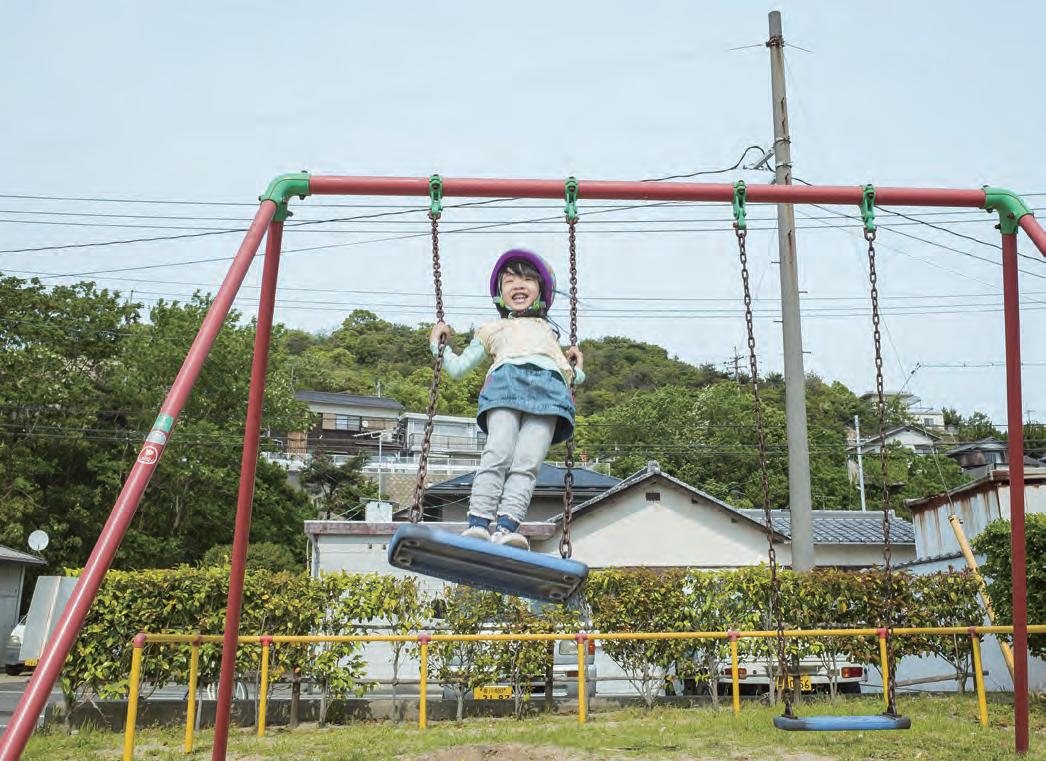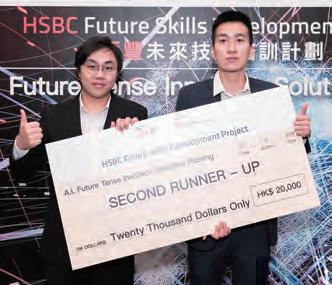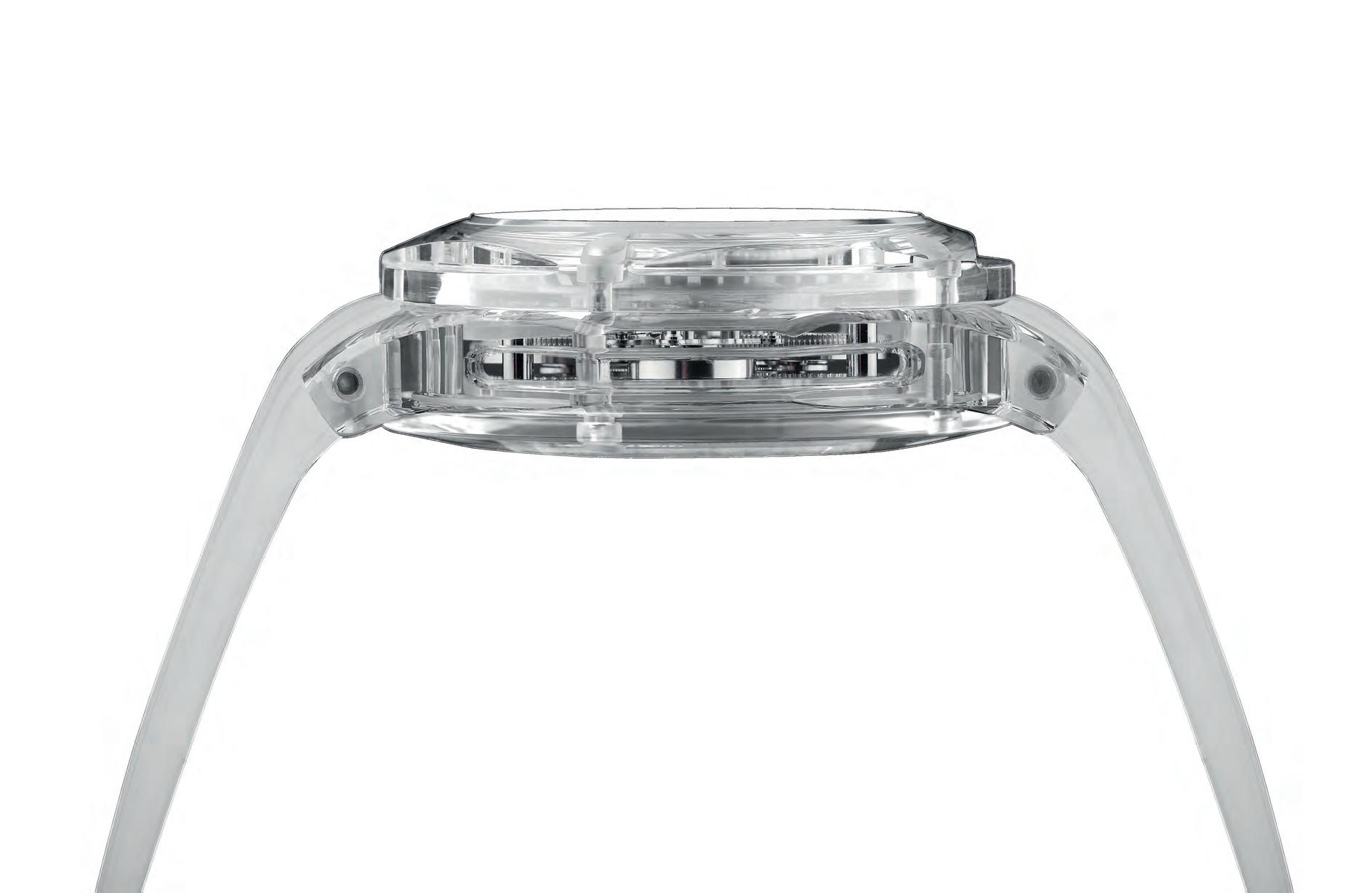
6 minute read
Myopia: a different epidemic
Short horizons eyesight: a cause for concern
Not long ago, Shanghai’s city government made 80 minutes of outdoor exercise for school children mandatory. Why? A conviction that it will reduce the speed at which they become progressively more short-sighted. The measure is not popular with parents because it reduces studying time, but for the sake of their eyesight, is it enough?
Advertisement
Myopia, also called nearsightedness or short-sightedness, is the most common cause of impaired vision in people under 40. In recent years, its prevalence has been growing at an alarming rate. In 2000, roughly 25% of the world's population was nearsighted. By 2050, roughly half of the people on the planet will be myopic, according to recent research.
What is myopia?
Myopia – or short-sightedness – occurs when the eyeball is too long in its axis relative to the focusing power of the cornea and lens of the eye. Light does not focus on the retina as it should, making distant objects appear blurry.
Nearsightedness can also be caused by the cornea and/or lens being too curved for the length of the eyeball. In some cases, myopia occurs due to a combination of these factors.
How bad is it?
Myopia’s severity is measured in dioptres, the same unit that is used to measure the optical power of glasses and contact lenses. Kindergarten children are defined as myopic when their prescription is -0.6D. Adults officially become myopic at -1D. Specialists in Shanghai say that 20% of the 20-30-year-olds they have studied develop severe myopia at over -8D. This is five times the global average.
What’s to blame?
l Gene involvement This is controversial since the phenomenon is recent. In the 1960s, only 20% of China’s population was myopic according to clinicians in Shanghai. What else?
l Lack of sunlight and outdoor activity Bright sunlight stimulates the release of a retinal transmitter dopamine which blocks axial growth of the eye and inhibits the development of myopia.
l Extreme academic pressure Myopic progression slows down in summer when children spend more time out of doors. Australian researchers also found that 29% of the Singapore-based Chinese children became myopic compared to 3% in Sydney.
l Too much screen time Staring at a screen for too long when you are young is not good for your eyes.

The message is clear. If you have a genetic disposition for myopia, whether you come from this part of the world or whether it runs in your family, get outdoors in the sun more often and leave your books and phone at home.
Facts and figures for myopia
Most 18-19-year-olds in East Asia are myopic compared to their age cohort in western countries.
For example ...
l Mainland China u 72% of 12-14-year-olds u 80% of 15-17-year-olds

l South Korea 96%
l Hong Kong 87%
l Taiwan 85%
l Singapore 82%
Hopes for myopes
With more people becoming nearsighted, there is a lot of interest in finding ways to control the progression of myopia in childhood. A number of different techniques have been tried — including fitting children with bifocal lenses, progressive lenses or gas permeable contact lenses. All of these have delivered mixed results.
l Some clinical trials have shown that low-dose atropine eye drops could slow myopia progression in some school children.
l A dual-focus daily disposable contact lens decreased the progression rate of myopia in children aged eight upwards when compared to a single vision lens.
l Researchers at the Zhongshan Ophthalmic Center of Sun Yat-sen University, have identified the stages and the rules for myopia development and built an AI model to predict its progression in children and teenagers. The study involved over 1.25 million 5-18-year-olds in Guangdong Province. They discovered that short-sightedness usually first occurs at the age of 7 and develops rapidly up to the teenage years. It is hoped that specialists who use the AI model will be able to make earlier, faster diagnoses in future.
Read more aoa.org/patients-and-public/eye-and-vision-problems/glossary-of-eye-and-vision-conditions/myopia allaboutvision.com/conditions/myopia.htm xinhuanet.com/english/2018-11/20/c_137619636.htm scmp.com/magazines/post-magazine/long-reads/article/2085125/chinas-myopia-epidemic-why-simple-solution-being chinadaily.com.cn/a/201903/12/WS5c8705e2a3106c65c34ee0cd.html economist.com/china/2020/01/18/most-12-to-14-year-olds-in-china-are-short-sighted
Innovation and Creativity Inno Tech Solutions Pitching

The ability to use digital data and computational thinking is essential in the 21st century. The younger generation uses the internet to search for information and absorb knowledge while matching what they learn with innovation and technology. This enables them to find solutions to real social problems.
Sponsored by HSBC, the Hong Kong Federation of Youth Groups (HKFYG) has launched the “HSBC Future Skills Development Project” to focus on “Financial Capability”, “Future Skills for Employment” and “Innovation and Technology.” The Project equips young people with skills that match the development of Hong Kong and the world.
A.I. Future Tense
One of the project activities organized by HKFYG’s Creative Education unit (CE) is called “A.I. Future Tense”. At a recent pitching event, 29 teams of tertiary students came up with innovative solutions to daily life problems by fitting together creative ideas, digital technology and computational thinking.

Champion: EC Bank
Team member: Chloe Chan Lok-wing, Enoch Yeung Tszlok, Iverson Wong Chun-ming Jasmine Poon Chi-man

First runner up: Foodi
Team members: Lee Gongkuen, Luk Man-sin, Wang Zhichun, Yeung Tsz-ching

Second runner up: Luk Advisor
Team members: Shaun Tsoi Ho-ching Samson Lam Fongpui, Patrick Lam Chun-tung

Champion EC Bank: Employment Compensation and Personal Injury
EC Bank’s aim is to provide a reliable reference for injured workers, NGOs and lawyers so that informed decisions can be made in personal injury claims. The Hong Kong Employees' Compensation Ordinance allows injured workers to claim compensation. However, they are often faced with a dilemma. Should they accept the settlement offered by the insurance company or appeal against the Assessment Board’s decision? The AI system designed by EC Bank, combined with advanced NLP technology, reads details of court cases and apportionment decisions, identifies factors that affected outcomes then presents relevant findings to users.
First runner-up Foodi: Food & health industry

In Traditional Chinese Medicine, health conditions can sometimes be better understood by examining patients’ tongues. By combining big-data analytics and AI tongue imaging, Foodi analyzes images and suggests foods that suit health conditions. The concept also uses high-end technology in the Chinese medicine industry with the goal of helping users understand more about traditional Chinese culture.
Second runner up Luk Advisor: Health monitoring
Deep learning, a class of machine learning, is used by Luk Advisor to analyze health data for monitoring purposes. While emphasizing the importance of being observant in daily life, its uploaded images of movement in elderly people can assist those who monitor their health status.

Teams of tertiary students find innovative solutions for social problems by using “Future Skills” : creativity, problem-solving, digital ability and computational thinking.
Judges Mr Kenson Chung, Angel Investment Foundation, Mr Steve Lam, Hong Kong Cyberport and Mr Kenneth Lee, HKFYG
Free online InnoTech course
Improving people’s lives with technology and innovation is a global trend. HKFYG’s CE unit offers free online InnoTech courses for tertiary students in Hong Kong that courses cover topics such as artificial intelligence, data science, machine learning and disruptive technologies. Online sessions will be available in April and students are welcome to interact with instructors online.














